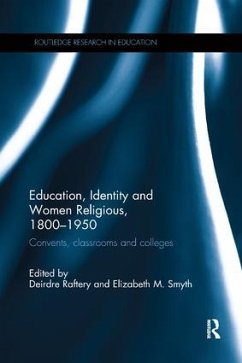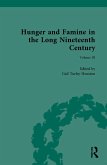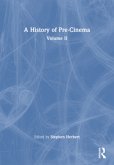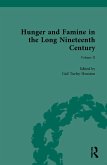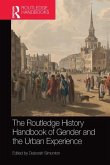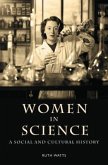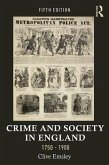This book brings together the work of eleven leading international scholars to map the contribution of teaching Sisters, who provided schooling to hundreds of thousands of children, globally, from 1800 to 1950. The volume represents research that draws on several theoretical approaches and methodologies. It engages with feminist discourses, social history, oral history, visual culture, post-colonial studies and the concept of transnationalism, to provide new insights into the work of Sisters in education.
Making a unique contribution to the field, chapters offer an interrogation of historical sources as well as fresh interpretations of findings, challenging assumptions. Compelling narratives from the USA, Canada, New Zealand, Africa, Australia, South East Asia, France, the UK, Italy and Ireland contribute to what is a most important exploration of the contribution of the women religious by mapping and contextualizing their work.
Education, Identity and Women Religious, 1800-1950: Convents, classrooms and colleges will appeal to academics, researchers and postgraduate students in the fields of social history, women's history, the history of education, Catholic education, gender studies and international education.
Making a unique contribution to the field, chapters offer an interrogation of historical sources as well as fresh interpretations of findings, challenging assumptions. Compelling narratives from the USA, Canada, New Zealand, Africa, Australia, South East Asia, France, the UK, Italy and Ireland contribute to what is a most important exploration of the contribution of the women religious by mapping and contextualizing their work.
Education, Identity and Women Religious, 1800-1950: Convents, classrooms and colleges will appeal to academics, researchers and postgraduate students in the fields of social history, women's history, the history of education, Catholic education, gender studies and international education.
At the point when the number of women entering religious life continues to di-minish, the editors and authors are to be congratulated on an important addition to the growing research on women religious' historical experience. As Raftery and Smyth note, the book "represents the energies of scholars who recognise that there is much more work to be done"
Joyce Goodman, Spring 2017 issue (vol.29, no.1) of Historical Studies in Education / Revue d'histoire de l'éducation
Joyce Goodman, Spring 2017 issue (vol.29, no.1) of Historical Studies in Education / Revue d'histoire de l'éducation

